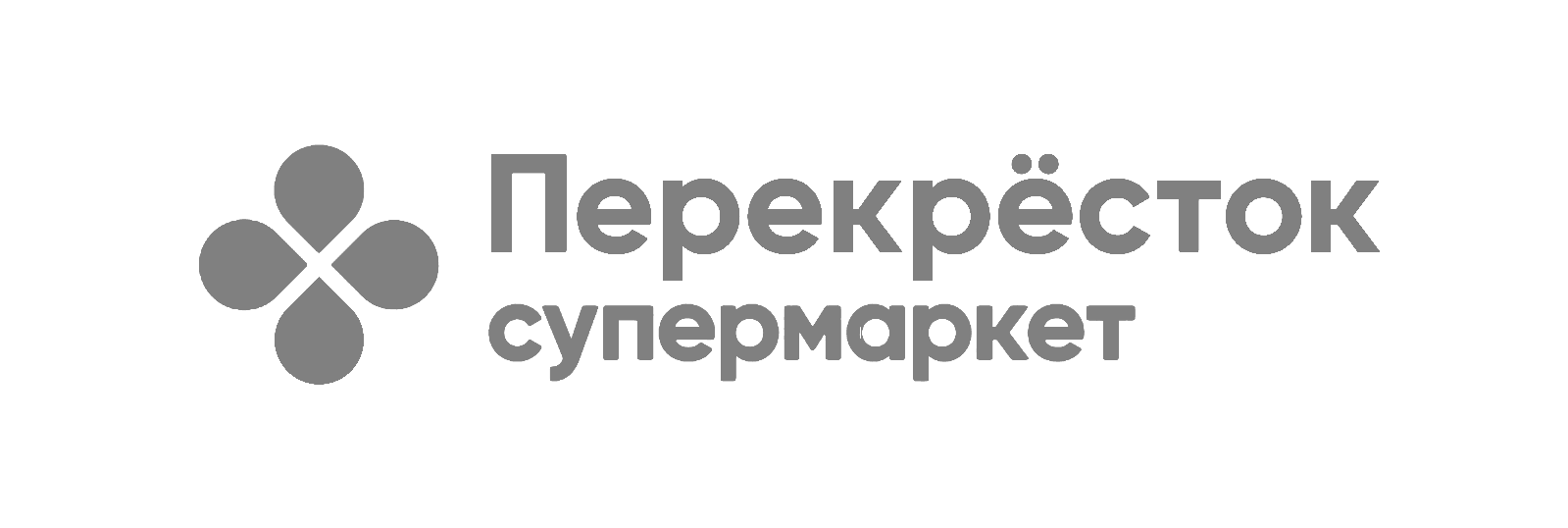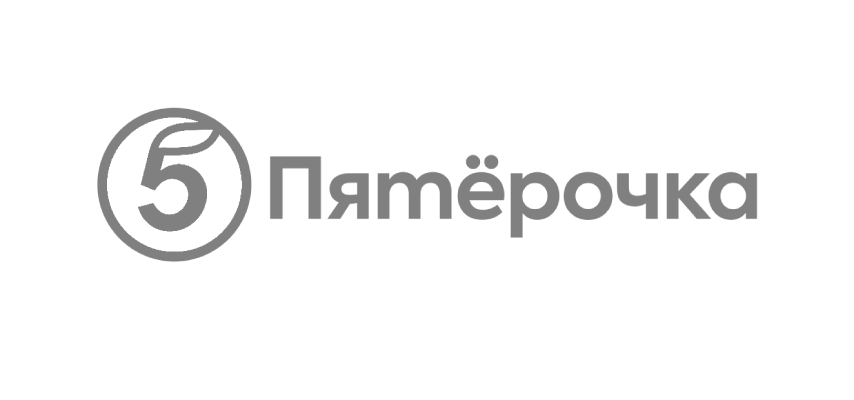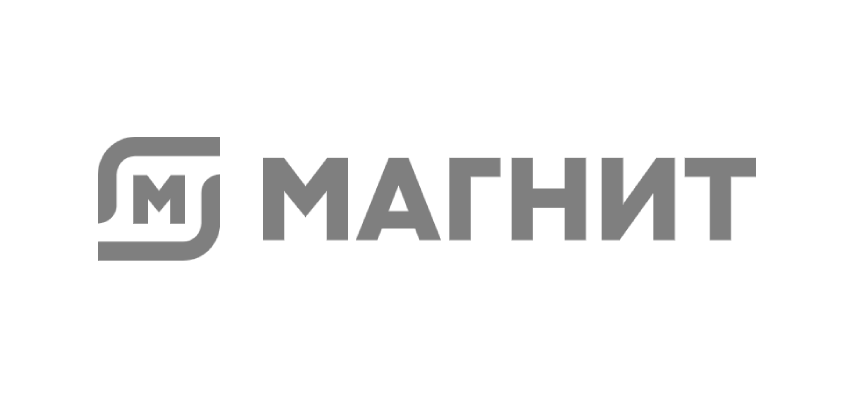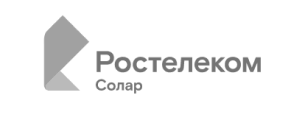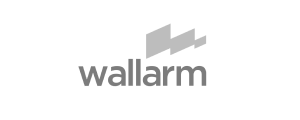Our approach
Research
We believe that any product needs measurable KPIs to build and improve on.
We establish a KPI at the start of a project after user experience research. During the research, we work out the needs of users and how they interact with the product. At the same time, we conduct interviews with business clients from all stakeholders within the customer’s company.
In this way, we create projects that address the needs of all the customer’s business units without losing their benefits to end customers. Playing for both sides of the process is not an easy thing to do. However, we can do it.
Qualitative research
During the qualitative research, we build a customer journey map (CJM). For this purpose, we conduct in-depth interviews with customers and journal research to identify hypotheses for optimization throughout the entire cycle of user interaction with the product. Where needed, we work in the field. Additionally, we conduct usability testing of websites and mobile apps to identify difficulties in interaction between customers and products online.
We create characters based on research and create scenarios of interaction with the site or mobile app.
We aim to identify all the barriers and needs of users, which we can prove and prioritize with the data from quantitative research.
Quantitative research
To conduct quantitative research, we fine-tune the web analytics systems on the website and in the mobile app. We conduct online or offline customer surveys and develop rubricators from the user’s point of view based on card sorting results. We are focused not on visits and viewings, but on deeper indicators: clicks on pages, sales funnels, user interaction with the interface.
This report serves as a task for our engineering department. After the survey, designers have enough data to create a prototype project that must meet all KPI requirements.
Split testing
Based on the results of each of the projects, we check the effectiveness of the changes that we proposed using A/B tests.
Additional research
- We build end-to-end analytics systems to assess actual marketing effectiveness.
- We conduct price research: we check how much the customer is actually willing to buy a product for.
- We make recommendations on content (e.g. for media) based on Big Data.
- We perform semantic text analysis and identify patterns.
Engineering and System Analysis
First, we perform a pre-project survey and determine the boundaries and limitations of the systems. Based on the survey and analytical report, we make a single list of prioritized tasks for each system.
Then we plan the navigation of the future project based on the scenarios of the website and the mobile app identified by different groups of users. Having defined the scenario, we define the users’ tasks on each page. This is how the future navigation architecture of the project is created.
Then we proceed with the creation of a prototype: we visualize the future product, build the page structure based on logical units without design. The prototype allows us to focus on logic and content without being distracted by design. At the design stage, we also determine the presentation of information. We create texts, make photos and videos, and prepare illustrations.
We test the content-rich prototype to determine how it meets the business objectives. Testing is performed on real users who are members of the project TA. Testing helps to avoid errors at the early stages of work.
Terms of reference
Once the product and system requirements are determined, our system analysts begin preparing the terms of reference.
In this document, they describe the functionality of all sections and blocks of the future project as well as the non-functional requirements for the project. On this basis, the team lead develops the software architecture, data storage structure, and integration specifications. At the same stage, our information security specialists record the security requirements for the systems. We discuss the task with the client and approve it.
Our engineers can talk in the same language with the business and programmers.
Machine learning
We create projects in machine learning and data analysis.
We accelerate business, automate routine and do by the power of algorithms what previously was too long to do by hand.
Our competencies include:
- Machine vision systems,
- Solutions for working with product assortment,
- Chatbots,
- Recommendation systems,
- Business intelligence and data analytics.
Business intelligence and data analysis
Helps you make important business decisions on standardized and error-cleared data, segmented customer base and with predictive analytics.
For whom: For all large and medium-sized companies.
Benefits: Standardization of KPI and algorithms for calculating business metrics in the company. Automation of routine for analysts. Quickly get new analysts on board. Acceleration of data processing and reduction of errors.
What we do: We create turnkey BI solutions, taking into account the needs and objectives of your business.
Design
Work on the design begins with a general visual concept, during which we define the style of the future product. The project concept is prepared by our creative director in a team with an art director.
For presentation, we prepare a video with micro-animation and demonstration of interface elements.
In 2011, we were the first in Russia to develop adaptive websites. The “Mobile First” principle still remains our key principle in interface design.
We have a dedicated team of specialists working on mobile applications. They know the operating system guides and specifics of the key mobile devices.
In large projects, we create a design system: the visual language of the project. In the future, based on the rule and standard elements, designers quickly create new products, preserving the visual integrity of the project.
The design team has specialists in illustrations, photo and video content, VR, motion design, and 3D.
Development
Hundreds of developers supervised by dozens of team leads work on our projects. We solve complex technical problems completely by ourselves: high-load fault-tolerant portals, native mobile apps, integration with customer’s back systems, etc.
In our company, we automate and standardize development processes. We check all projects against checklists and cover them with tests. We know how to handle personal data under Federal Law No.
We also know how to integrate a website or mobile app with almost any solution on the market. We know the protocols even for exotic CRM and CMS. We are skilled in drafting integration specifications. Our specialists regularly work at the customer’s site to develop internal documentation not only for their own part of the work but also for other external teams.
Each project is supervised by one or more team leads. These are programmers and IT managers in one person. They are involved in engineering and code logging, and are responsible for the integrity of the architecture. Team leads communicate with the customer’s technical experts and manage the project development team.
We have established an in-house quality assurance department. It carries out regression testing, autotesting, load testing, etc.
We develop requirements for the infrastructure and configure it ourselves. We are constantly working to improve the automation of continuous delivery of CI/CD changes. This allows us to speed up the delivery of new features. Automated deployment tools allow us to work without downtime and handle traffic surges.
A significant number of our customers are banks and insurance companies with high requirements for stability. Every minute of downtime means financial and reputational losses. That is why we have set up a 24/7 team of system administrators and team leads with a guaranteed response time.
Our customers use AGIMA professionals to expand their in-house development teams.
For example, we are outstaffing a team of up to 30 employees to Eldorado’s development department, including developers, team leads, and QA specialists. We regularly rotate our employees.
Technical audit
We are often asked to audit the technical part of existing systems. We assign a team led by a team leader and a system administrator to perform a detailed audit of the architecture (both code and server side) for compliance of the implemented solutions with the selected CMF (Content Management Framework), security, fault tolerance, and performance requirements.
Server configuration
To ensure maximum project resiliency, we have created a system operation department. This department develops a reliable infrastructure using three or more servers, including geographically distributed clusters. Servers can be located either at the customer’s sites, in our partners’ clouds, or at rented sites of third-party hosting providers.
Load testing and performance optimization
We are qualified to carry out high-load projects. We conduct stress tests prior to advertising campaigns or the release of new functionality. Before we start testing, we define the targets that the infrastructure should deliver. Finally, we apply a microservice architecture, optimize the storage structure, speed up the user interface, and perform refactoring of system modules.
Support and development
We do not just release the product and forget it. We aim to assemble an MVP in a short time and work further on its continuous improvement and introduction of new functionality. We make hypotheses on what can be improved on the project and test them to achieve maximum effect.
Reliability and sustainability
We provide round-the-clock monitoring of applications and project infrastructure. Our priority is to prevent service interruption. A team of administrators and developers monitors the situation 24×7×365 and is ready to respond promptly to any anomalies in the systems.
We have designed a monitoring and alert system with multiple redundancies for instant trouble detection. The emergency team receives alerts through all possible communication channels in the situation center, which is located at our office. If necessary, we alert the customer’s managers and employees.
Dozens of our projects operate under a strict SLA, which includes our financial guarantees.
In addition to basic infrastructure metrics such as server load, we track user scenarios and target business metrics, including the number of registrations, authorizations, payments, or notifications sent. If our systems detect an anomaly for these indicators, we will respond to it and analyze the reasons.
These companies entrusted us with SLA support for their projects:
We also ensure the security of the product. For this purpose, we test projects for resistance to penetration, connect traffic filtering systems against DDoS attacks and ensure the security of applications, servers, and infrastructure in general.
Our partners:
SEO optimization
We understand how to get a site to the top of search engine rankings and significantly increase targeted traffic.
We know how search robots work and have learned how to train them. We keep track of all updates to search engine algorithms and work with modern services such as Ahrefs, Keys.so, Screaming Frog SEO Spider, and Topvisor. We also utilize AI technologies to achieve maximum results. All this helps our clients rank at the top of Google and Yandex search results, attract their target audience, and increase sales.
What we can do:
- Conduct website audits and analyze competitors.
- Optimize content for user queries.
- Improve technical characteristics of the website.
- Perform external optimization and build backlinks.
- Conduct monitoring and prepare reports.
The higher a website ranks in search results, the faster a potential client will find it. Our goal is to reduce the distance between a person who goes online to solve a task and the business that can help them with that task
We are proud to be able to assist our clients from the idea of creating a complex product, its development, and design to promotion in search engines. We track user behavior, which allows us to quickly adjust or refine the website to increase the number of conversions. All this helps businesses grow their revenue and profit.
Project Management
AGIMA has six independent project offices. Each project office leads projects for
We do not have a sales department or a dedicated technical support department. These functions are shared between project managers within each project office.
From start to release, the customer always interacts with the same project office. This ensures immersion into the customer’s business and fast execution of tasks. We are sure that with such a project management architecture, knowledge is preserved better.
The project office staff are certified specialists in project management (PMI, ISO, RDC and others), as well as in flexible frameworks (CSP, PSM I & II, and others).
AGIMA is the author of Digital Project Manager certification in RDC Center. This is the only certification that takes into account not only general management and technical aspects but also the specifics of the digital market.
Digital Project Manager CertificationAGIMA’s Digital Project Manager Certificate confirms that the employee can manage the design, engineering, support, and development of projects in the digital environment.
Together with the customer, we determine the most effective project management methodology for solving their current business tasks. From stepwise work with strict control over iterations within each stage to fully flexible processes using SCRUM, XP, Lean, and other frameworks. We widely use advanced approaches in Gitflow and CI. We like working with TDD.
We are committed to ensuring business continuity for our customers. We are responsible for the integrity of the architecture, security, and even business performance of our systems. If in the course of work with a customer we disagree on something, we try to test all options and choose the best one.
AGIMA has been iteratively developing many of the largest projects in the country for many years, thanks to the coordinated work of the project office and the desire to create the best product.

